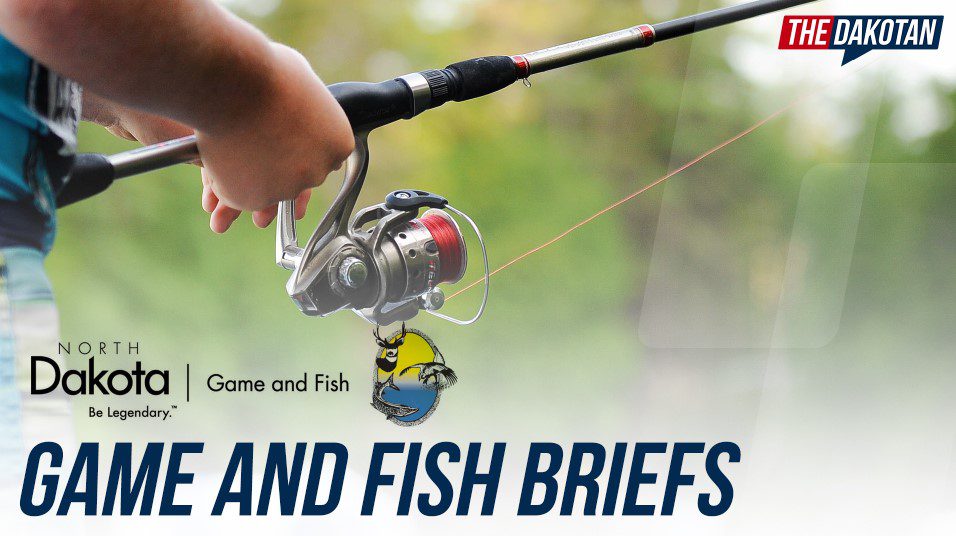

The North Dakota Game and Fish Department’s annual fall wetland survey indicates fair wetland conditions for duck hunting throughout the state.
Andy Dinges, Department migratory game bird biologist, said the number of duck hunting wetlands are up statewide about 26% from extreme drought conditions experienced last fall, but still 29% below the long-term average. The number of ducking hunting type wetlands counted on the survey was the sixth lowest since 2003.
He said all regions are still below average for the number of duck hunting wetlands observed, but the northwest (up 102%) and north central (up 51%) showed the greatest improvement from last year.
While the number of wetlands recorded in the northeast and south central regions were similar to fall 2021, Dinges said the southeastern part of the state saw about a 30% increase in the number of duck hunting wetlands.
“Wetland conditions were pretty good this spring and early summer throughout most of the state following spring blizzards and above average rainfall through early summer, but much of the state has received below average precipitation for the last two to three months causing most of our ephemeral wetlands to dry up,” Dinges said. “However, we are still holding on to most of our semi-permanent wetlands. Most of these remaining wetlands are in good shape, providing a promising outlook for the season. However, some semi-permanent wetlands are certainly beginning to dry up and hunters should expect mud margins around some wetlands, possibly making hunting more difficult.”
The quality of waterfowl hunting in North Dakota is largely determined by weather conditions and migration patterns. Dinges said fair to good reproduction for ducks in traditional breeding areas this year still makes for good fall hunting opportunities.
“Hunters should always scout because of everchanging conditions and distribution of waterfowl,” he said. “Hunters should also be cautious driving off-trail to avoid soft spots, and while encountering areas of tall vegetation that could be a fire hazard.”
The fall wetland survey is conducted in mid-September, just prior to the waterfowl hunting season to provide an assessment of conditions duck hunters can expect. Duck hunting wetlands are classified as seasonal and semi-permanent wetlands.
